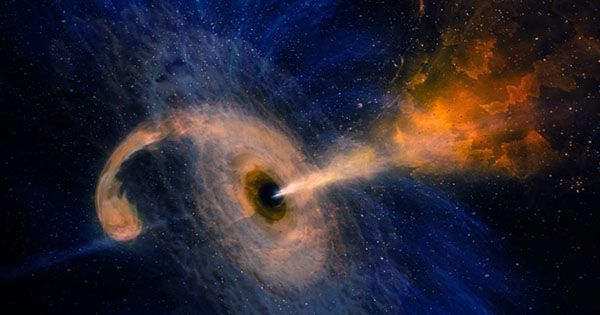The European Southern Observatory (ESO) and the Event Horizon Telescope (EHT) have scheduled a press conference for May 12 to discuss “groundbreaking Milky Way results.” Despite the fact that no more information have been released at this time, the scientific community is ecstatic, and many believe we are going to glimpse the first photograph of Sagittarius A*, the supermassive black hole at the heart of our galaxy. The EHT was responsible for the first-ever photograph of a supermassive black hole, the leviathan in the center of the elliptical galaxy M87, which is approximately 53.5 million light-years distant.
The great feat was part of a series of observations that also took a closer look at the United States. The supermassive black hole Sagittarius A* is located 26,000 light-years from Earth, near the core of the Milky Way, and researchers may soon be able to share photographs of it with the general public. The EHT cooperation highlighted that the investigation of Sagittarius A* turned out to be more complicated than expected when the photograph of Pwehi – a Hawai’ian term that translates to “the embellished fathomless black creation” – at the heart of M87 was captured. Now we may be able to meet our friendly neighborhood super massive black hole for the first time.
But there’s a chance there’s more. The EHT has obtained more funding and has been able to increase the number of radio telescopes participating in this project. By employing two distant radio dishes at the same time, you can make them operate as one with a size equal to the distance between them, according to a physics quirk. The EHT’s numerous telescopes are dispersed around the globe, from Antarctica to Greenland, Hawaii to Namibia, making it literally the size of the Earth.
The team thinks that by combining so many observatories, they will be able to produce not just photographs but also films of supermassive black holes, demonstrating how the “shadow” we perceive through radio waves is continually shifting due to the immense gravity of these objects. Perhaps hoping for a video from the Milky Way’s center is a bit unrealistic at this time, but more observations were made only last month, so we might be close.
“This is the end of the beginning, or the beginning of the middle, as we like to say, and the best is yet to come.” We wish to expand the EHT’s functionality to include the ability to create videos in addition to still photographs. Imagine being able to watch a black hole expand in real-time,” said Dr. Shep Doeleman, the EHT’s founding director, after the partnership received the Breakthrough Awards in 2019. In two weeks, we’ll all find out what these ground-breaking results are.















